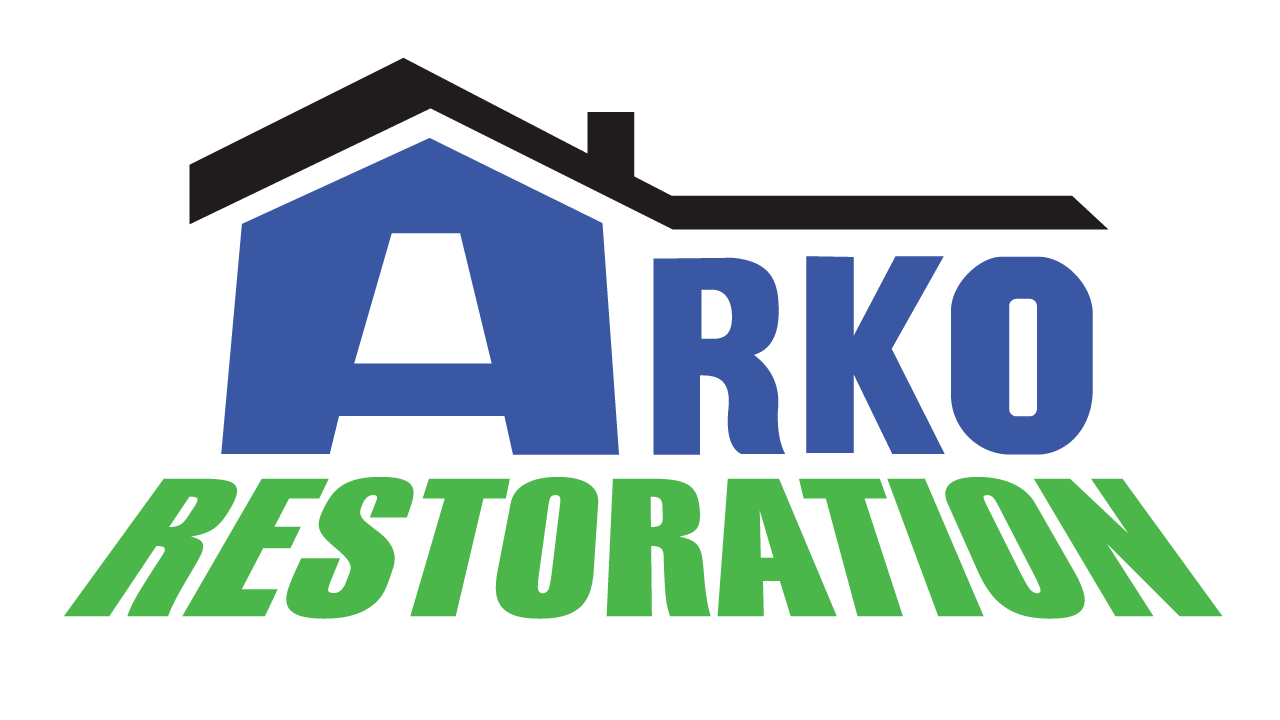The process of water damage restoration involves actions taken to restore items damaged by water to their pre-damage condition(s). While you can go about the restoration process using the DIY approach, it is often recommended that you look for a water damage restoration expert for help. This is because of their available tools and the know-how they have that will ensure that they do the job efficiently.
Advanced Techniques For Water Damage Restoration
It is important to always hire a professional when dealing with water damage. In case the damage is severe, they can use advanced techniques to ensure that the damage is mitigated.
Here are some advanced water restoration techniques that may be used in some cases…
1. Advanced Moisture Mapping And Detection

Advanced moisture mapping and detection is a sophisticated technique used in water damage restoration processes. It helps to accurately assess the extent of moisture intrusion within structures. The process often involves the use of advanced tools and technologies to identify hidden moisture.
A key component of this technique is infrared thermography. This component involves the use of infrared cameras to detect temperature variations in building materials. It is possible to identify moisture sources within walls, ceilings and floors using this technique because wet areas show different temperatures compared to dry ones.
By creating comprehensive moisture maps, professionals can gain a detailed understanding of the water’s migration patterns and concentration levels. Through accurate moisture mapping and detection, restoration experts can address hidden water damage before it leads to more extensive and costly repairs. This approach will protect both the structure’s integrity and people’s health.
2. Dehumidification
Dehumidification can involve the use of desiccant specifically designed to accelerate the drying process and mitigate moisture-related issues. Desiccant dehumidifiers work differently from conventional refrigerant-based models. Rather than cooling the air to remove moisture, they use a moisture-absorbing material called a desiccant to extract moisture from the air. This desiccant material has a high affinity for water vapor, effectively absorbing it and leaving behind dry air. This technique is particularly effective in environments with low humidity or low temperatures, where traditional dehumidifiers might struggle.
3. High-Tech Air Movers
High-tech air movers are advanced devices made to accelerate evaporation by creating a controlled and targeted airflow across wet surfaces. They are unlike conventional fans because they are made to deliver a powerful and concentrated stream of air.
Furthermore, they can be strategically placed to direct air into confined spaces, under flooring and behind walls, effectively reaching areas that are otherwise difficult to access. This promotes faster moisture evaporation and prevents the formation of hidden pockets of dampness that could lead to mold growth and structural deterioration.
Additionally, high-tech air movers are designed with adjustable settings to optimize airflow direction and intensity. This level of control allows restoration professionals to tailor the drying process to the specific needs of the affected area. By rapidly evaporating moisture, these devices expedite the restoration process, minimize potential secondary damage and contribute to a successful water damage restoration.
4. Injectidry Systems

Another advanced technique used in the water damage restoration process is the use of “injectidry-brand systems”. These systems are specialized equipment designed to inject warm, dry air into confined spaces like wall cavities, ceilings and floors.
The injectidry system consists of a network of hoses and injectors that are placed to introduce controlled amounts of heated air into areas affected by water damage. This heated air promotes rapid evaporation of moisture from within building materials which then effectively eliminates hidden areas of dampness. The system operates in a closed-loop configuration to ensure that the released moisture-laden air is captured and removed, preventing it from recirculating within the environment. By targeting areas that are typically challenging to access, injectidry systems reduce the need for extensive demolition, thereby reducing overall restoration time and costs.
Generally, this technique is especially valuable in preventing mold growth and structural damage in situations where moisture has penetrated deeply into the building materials. The precise control and efficient drying capability of injectidry systems make them a crucial instrument for water damage restoration professionals.
5. Thermal Energy Systems
By harnessing the power of heat, water damage restoration can be done efficiently. Thermal energy systems can help in the drying process. The techniques of using these energy systems involve raising the ambient temperature within the affected area to accelerate evaporation and moisture removal.
Additionally, the introduction of heat by a thermal energy system helps to increase the kinetic energy of water molecules. This causes these molecules to change from liquid to vapor state more rapidly. This evaporation helps extract moisture from building materials, contents and even hard-to-reach spaces. Elevated temperatures create a less favorable environment for mold growth, reducing the risk of secondary damage. Thermal energy systems are especially beneficial in larger or commercial spaces, where conventional drying methods might be less efficient. Careful monitoring is necessary to avoid excessive heat that could damage materials or create unsafe conditions. Skilled restoration professionals use this specialized equipment and expertise to maintain optimal temperature levels, ensuring effective and safe moisture removal.
Summary:
Some water damage techniques can be done through the DIY approach. However, it is important to note that these techniques are better employed by trained professionals who have experience in water damage restoration. Proper assessment, planning and execution are critical to successful restoration and preventing long-term issues like mold growth and structural damage.

